Linotype and Intertype machines differed per country. One of the differences was that the slugs they produced had different dimensions. On this page, the different dimensions are explained.
The slug's thickness varies depending on the type size used.
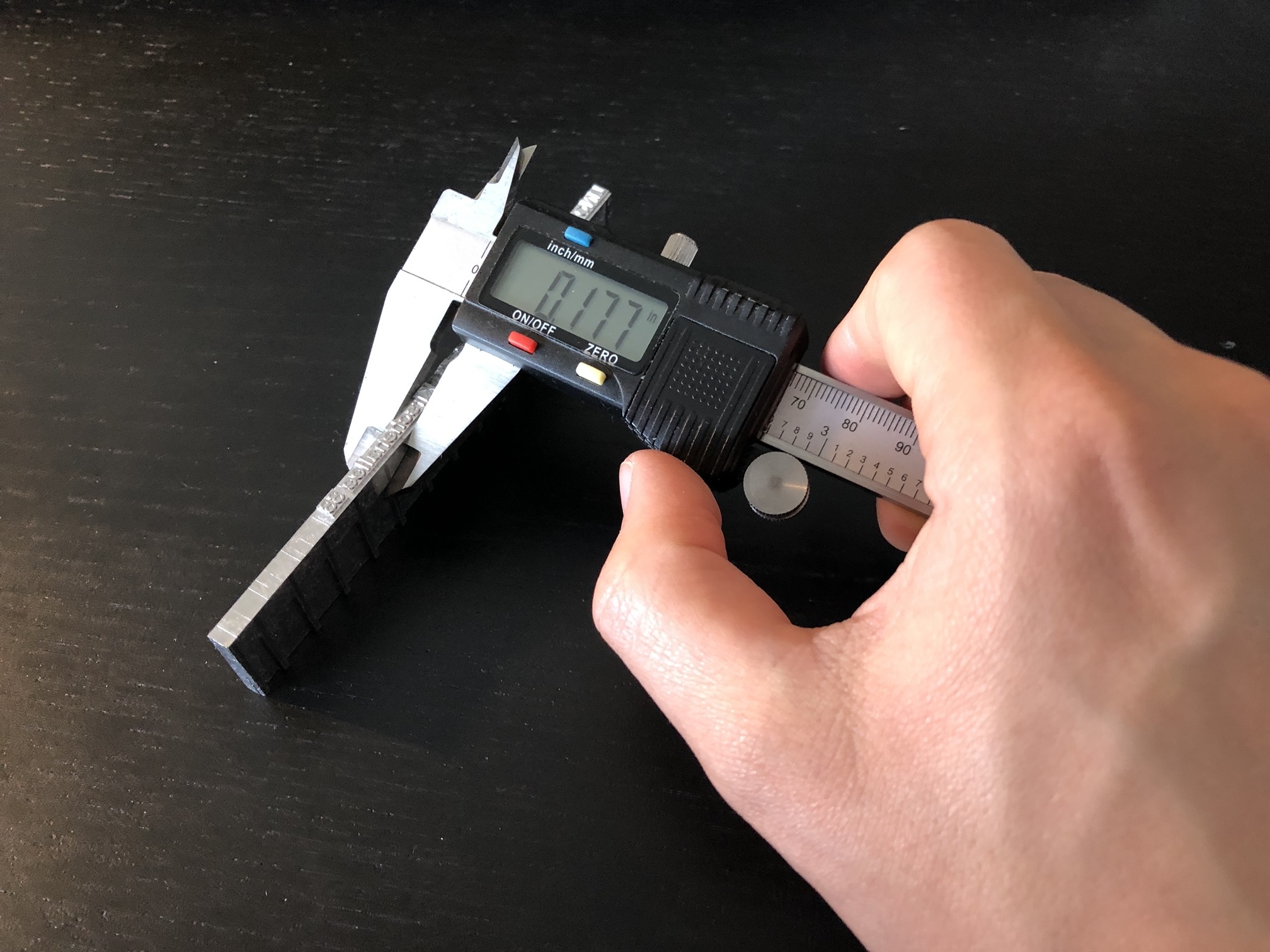
Within the machine, the slugs are cast within the mold. How thick the space within the mold is, is determined by two liners at both sides of the mold. When an operator wanted to use a different type size, the operator had to open the machine in order to replace the liners. The point size is engraved on the liners, so no mistake can be made.
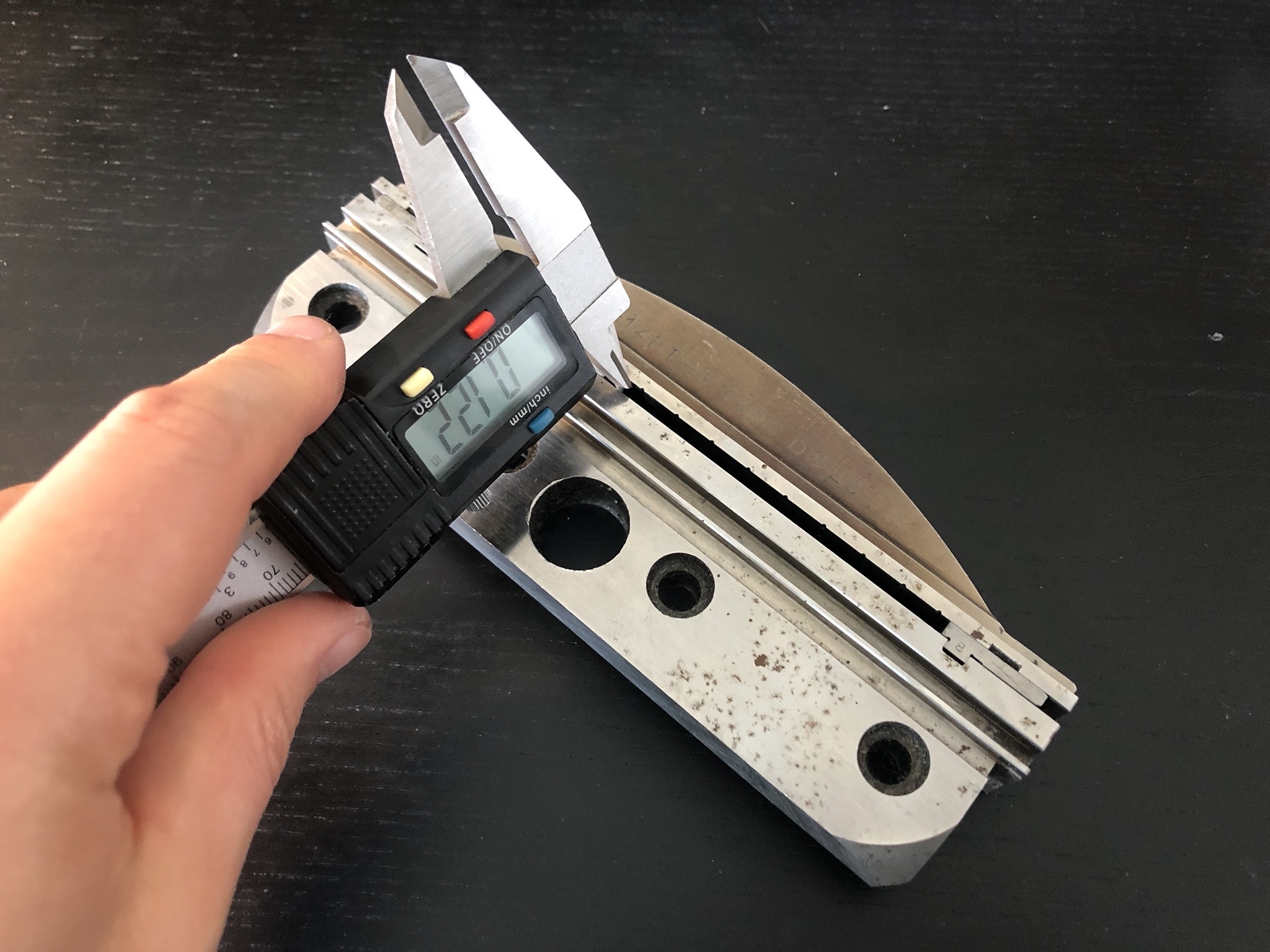
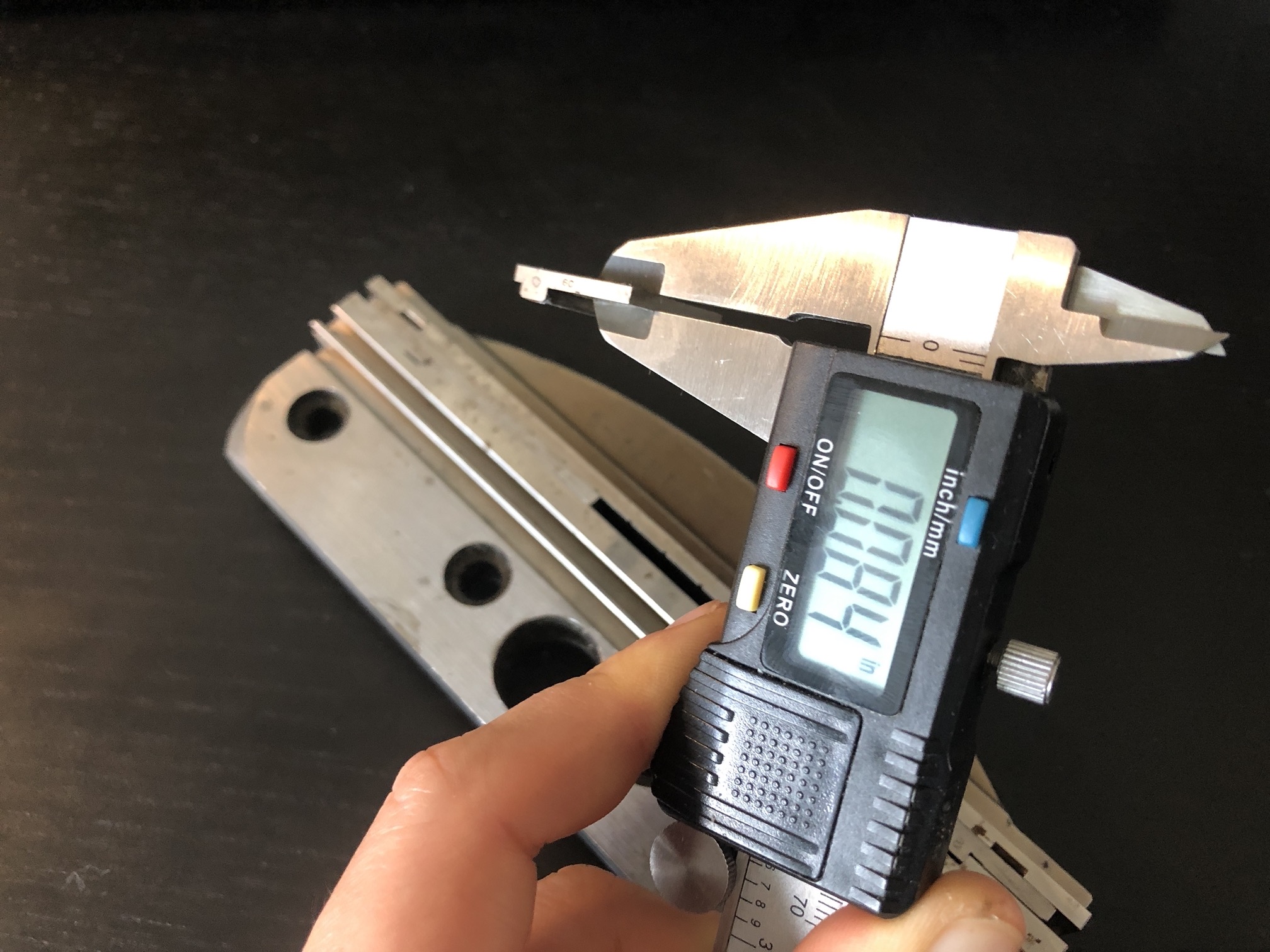
Also the lug's height was different per country.
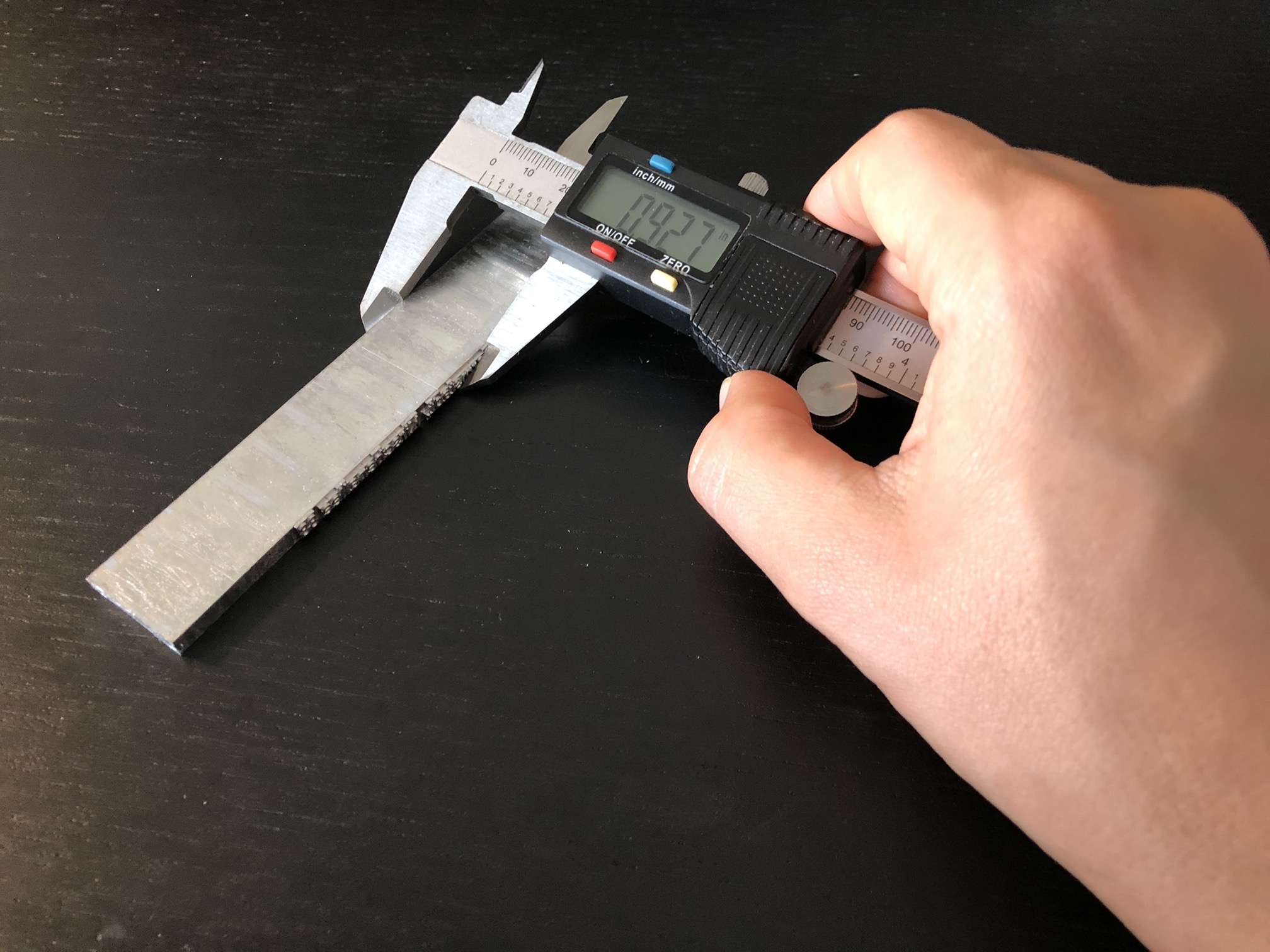
Here are some of the documented heights:
| Points | Inch | mm | |
|---|---|---|---|
| American | 23.32 | ||
| Belgian | 23.86 | ||
| Dutch | 66,125 | 0.979 | 24.85 |
| French (/European) | 62,7 | 0.928 | 23.56 |
| English | 62,03 | 0.918 | 23.31 |
With 1 point = 0.0148 inch = 0.37583 mm. The Dutch, French and English height are based on Adams (1996), De Jong (1947). The other heights came from a nameless source.
Keep in mind that the height of the slug is not completely determined by the thickness of the mold inside the machine. While the largest part of the slug is cast within the machine, the top of it is formed within the matrices.
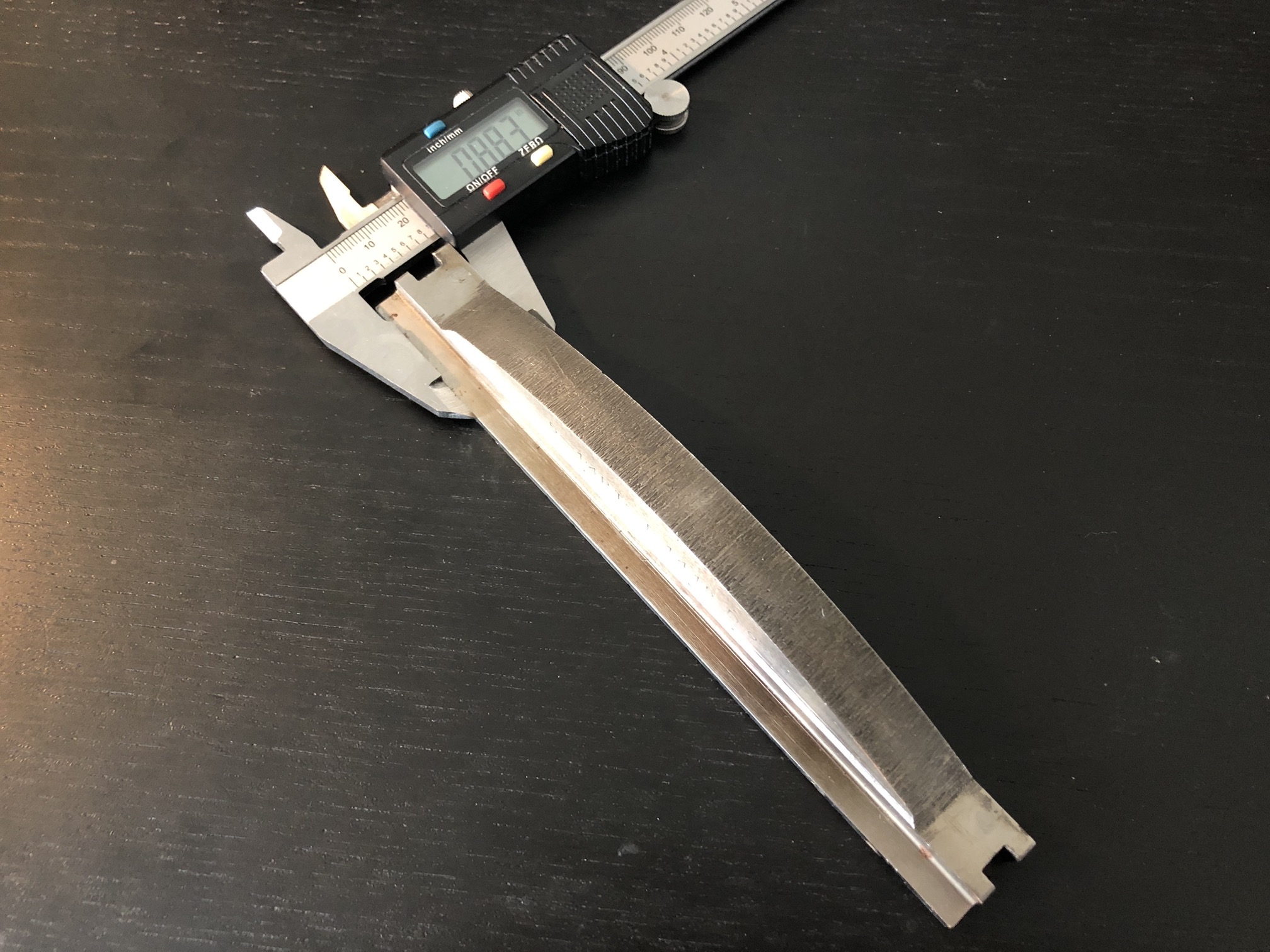
C 2021-2024 Maarten Renckens and other contributors. All rights reserved. All materials on this website are available for non-commercial re-use, as long as the original author is mentioned and a correct reference to this site is added. Thanks!
All materials are considered copyrighted by the author(s) unless otherwise stated. Some materials from other sources are used. If you find materials on this page which you consider not free from copyright, a notification is appreciated.
All collaborations and additional sources are more than welcome. Please contact info@maartenrenckens.com if you have materials that you deem valuable.